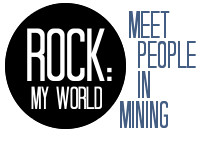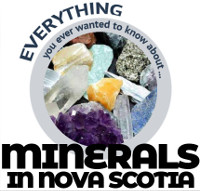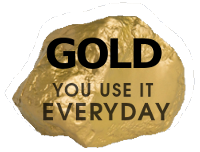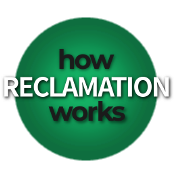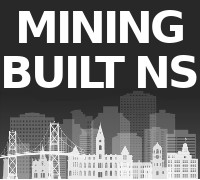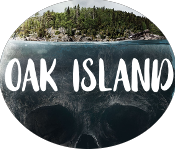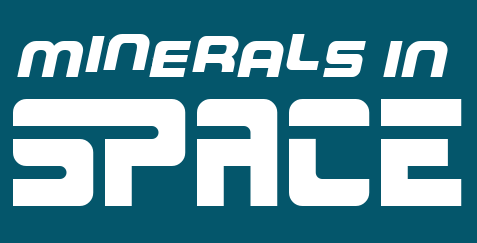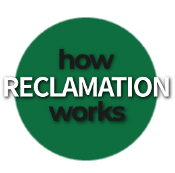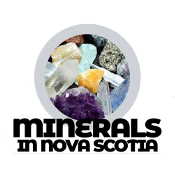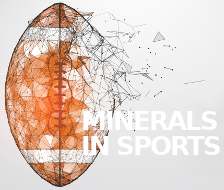- Why Mining Matters
- Jobs
- Safety
- Environment & Operations
- FAQ
- Links
- Fun Stuff
You are here

Aerotech Connector
Rock In Gum
Crusher Dust
Rock ID
Muskrat Falls Hydro
Blind Ben Morris
Highway 107
Loops and the Cornish Miner
Birchtown’s Black Granite
Cliff Safety
Lake Enon Celestite
Pumice and Stone-Washed Jeans
WWII Exploration
Gibraltar Black Granite
Seal Island Bridge
Fort Needham
Wilmot Spa Springs
Opal
Kiwanis Park
Three Types of Rock at Peggy's Cove
Guysborough’s Alumina
Inside Asphalt
The Concrete House
Canso Causeway
Shubie Park
Sambro Lighthouse
Titanic Headstones
Why are some roads red?
Marshdale Gabbro
New Britain Quartz Mine
Mica Hill
King Quarry
Queensport
Quarry Lake
Miners in War
The Pit
Oxford Tripoli Company
Sibley Mountain Slate Quarry
Terence Bay
East Gore Slate Quarry
Governor Lake Pegmatite
Spryfield Quarries
The Hydrostones
Bricks and the Halifax Explosion
Armdale Roundabout
South River Lake Quarry
Shelburne Granite Boulders
Belmont Pit
Whetstone Lake
Shelburne Island Park Quarry
Millstone Island
Beaverbank Slate Quarry
St. Margaret's Bay
Agate
Soapstone Mine
Kennington Cove Talc
Lapis Lazuli
Amethyst
Dowsing
Spryfield’s Rocking Stone
Nictaux
Standard Clay Products
Erinville
HIghway 104
Factory Bog
Where does gravel come from?
Rock ID
People often ask for help identifying rocks in Facebook groups, but a lower-tech version seems to have worked pretty well.
The October 18, 1930, edition of the Halifax Mail contained a letter that someone with the initials “L. A. B.” sent to the newspaper with a rock. The letter asked, “Would you kindly tell me if the enclosed sample is of any value?” And if of value to whom and where would I apply for information?”
The Halifax Mail turned to J. P. Messervey, the Nova Scotia Department of Mines’ deputy inspector, for help and printed his response alongside the original letter: “I find that upon examination it consists of particles of mica, quartz and felspar. These are constituent minerals of granite and the sample if therefore a disintegrated granite and of no commercial value.”
It was presumably not the answer L. A. B. wanted but that’s how it goes with mineral exploration. Economically-viable mineral deposits are rare. Only one in every 10,000 mineral exploration projects ends up being a mine.
That's why it is important to develop mineral deposits when we can, both for the essential materials they provide and the jobs and economic benefits they create.
Nova Scotia’s mining and quarrying industry employs over 3000 Nova Scotians, mostly in rural areas, and its average total compensation (wages and benefits) is $102,000 per year.



